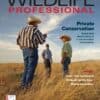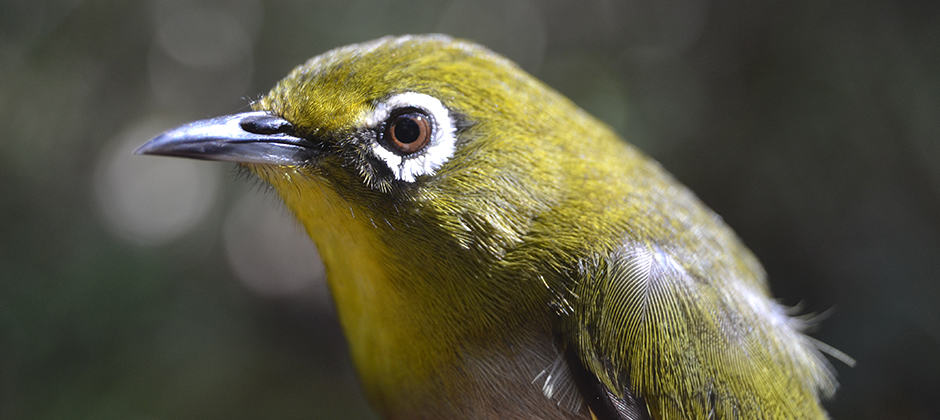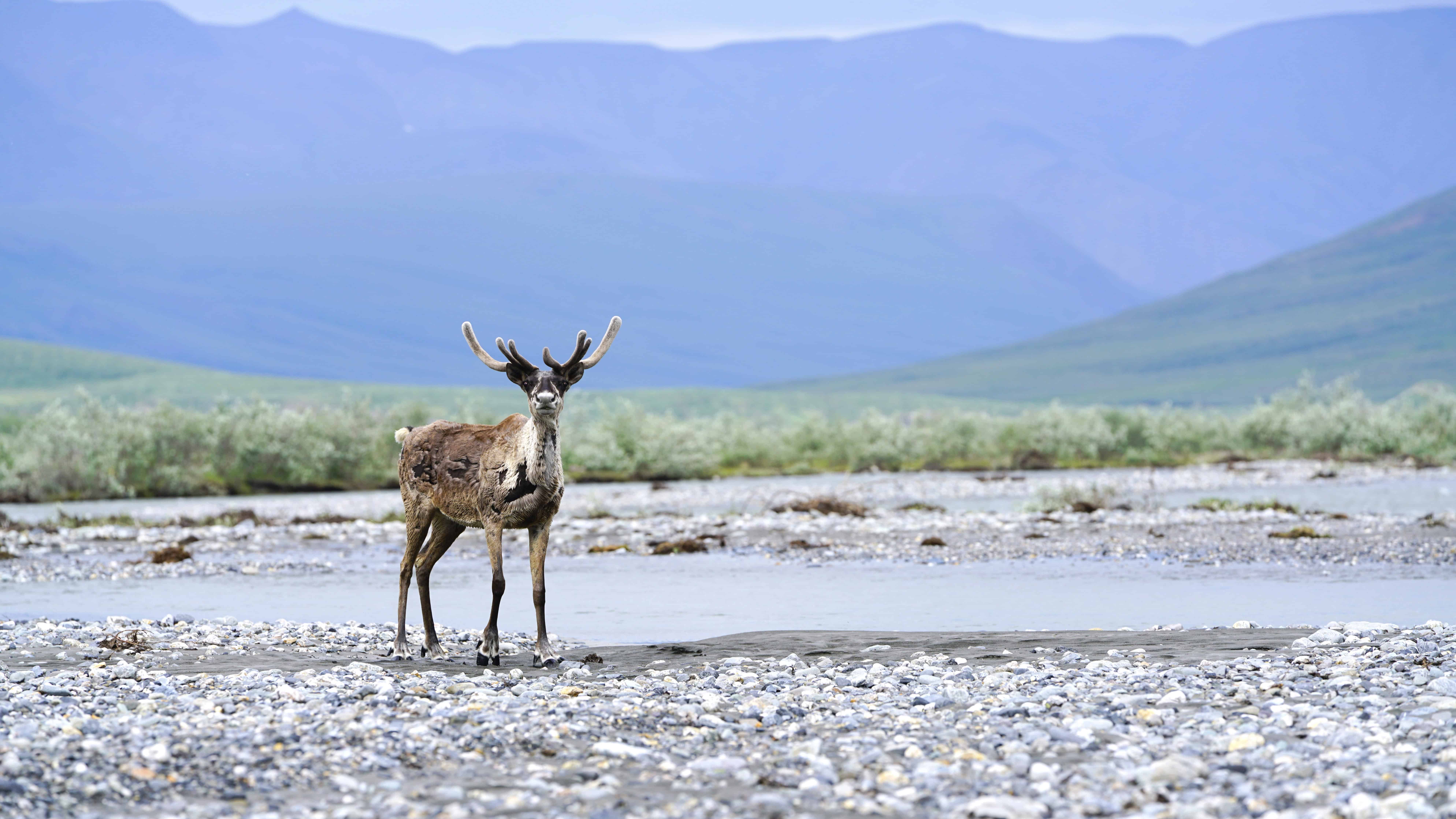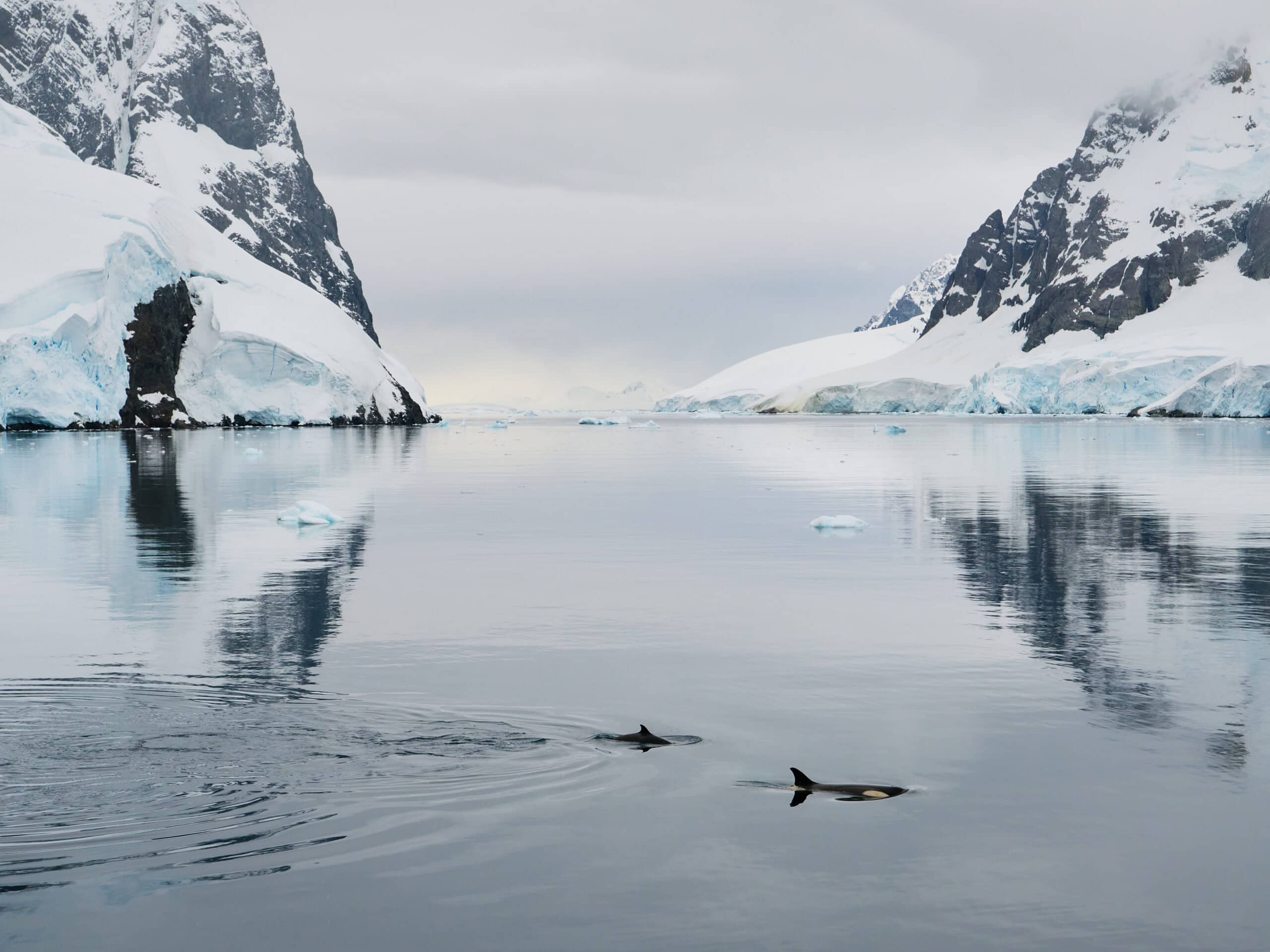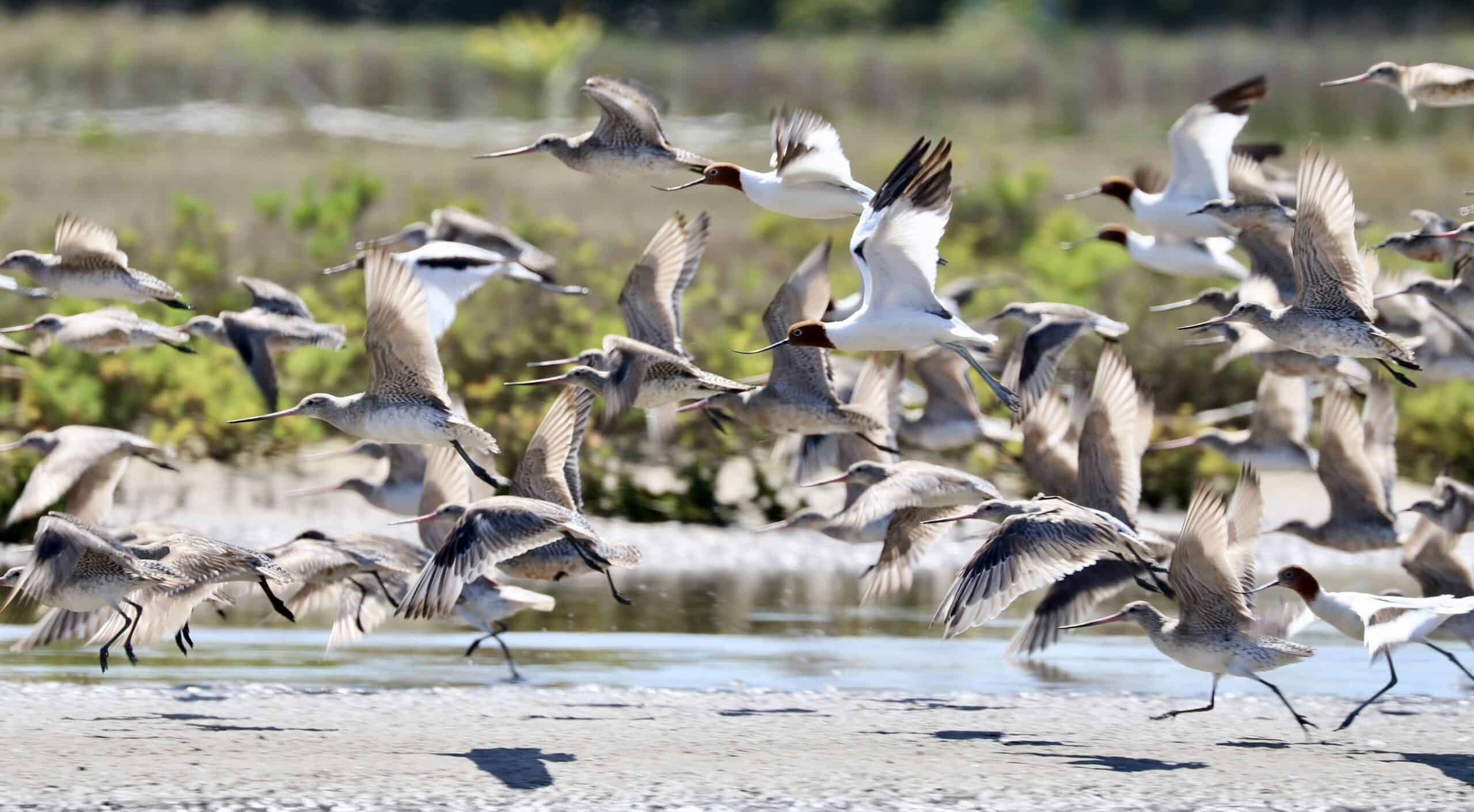Share this article
Invasive birds fill critical seed dispersing role in Hawaii
Introduced bird species in Oahu, Hawaii may disperse seeds of native plant species long after the native birds that originally filled these roles are gone.
According to new research, these alien birds may be critical to the survival of some native plant species.
“The good news is that introduced birds are playing a good role because they disperse native seeds,” said Jeferson Vizentin-Bugoni, a post-doctoral ecology researcher at the University of Illinois at Urbana-Champaign and lead author of the study. The trouble is birds in Oahu consumed an overwhelming percentage of introduced plant seeds compared with native plant seeds.
Vizentin-Bugoni and his co-authors wanted to track how the influx of invasive species affects the ecosystem relationship of birds and the plants they help spread by ingesting and dispersing seeds through their droppings. They conducted research on the island of Oahu, published recently in Science.
Below, we’ve displayed photos of the various bird and plant species and the way they interact for our latest entry in the Wild Cam series.
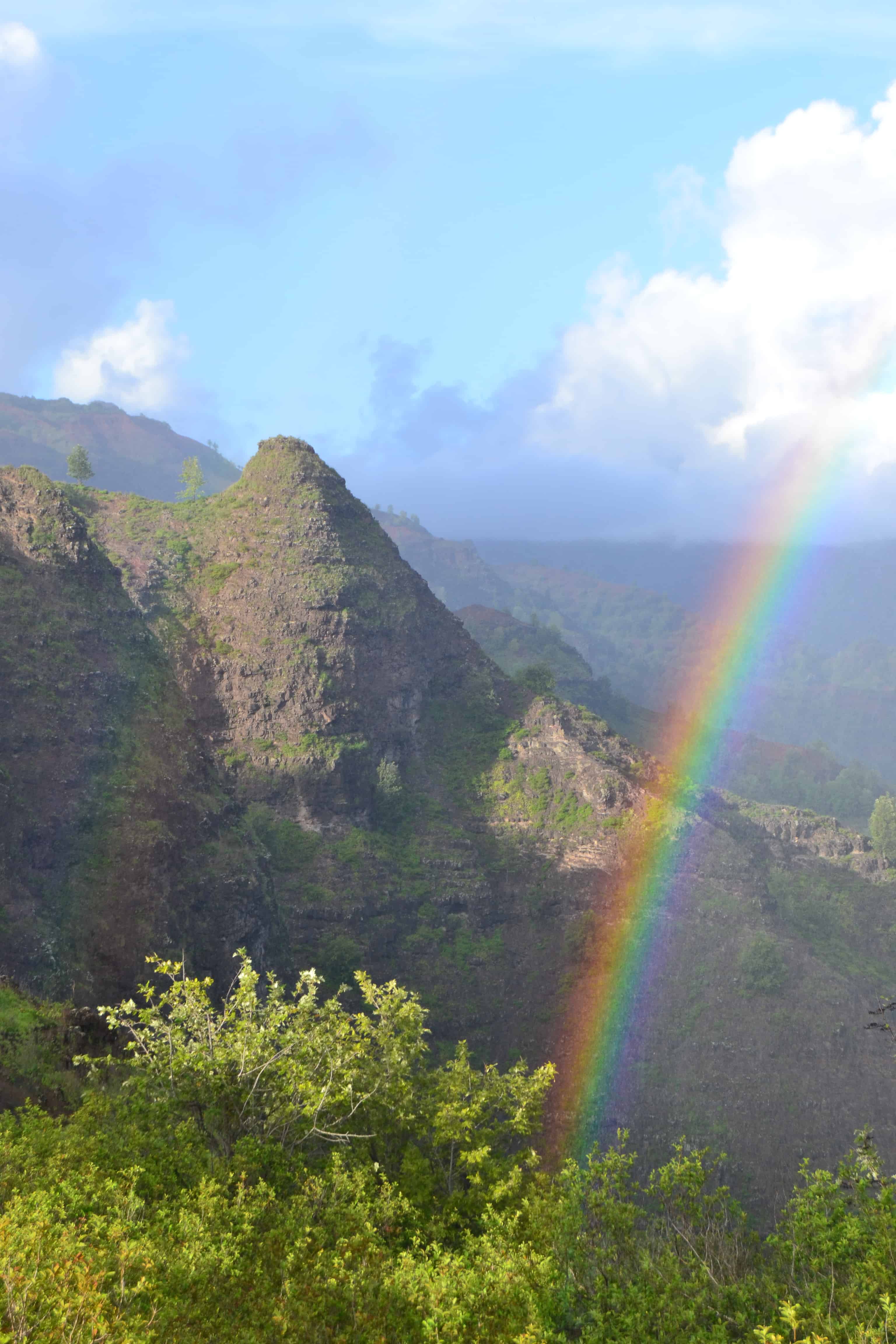
©Sean MacDonald
Highly competitive invasive species and their downstream effects have devastated Hawaiian ecosystems. “It’s one of the most extreme cases where we have the most extinctions,” said Vizentin-Bugoni. “Hawaii is known as the extinction and invasion capital of the world.”
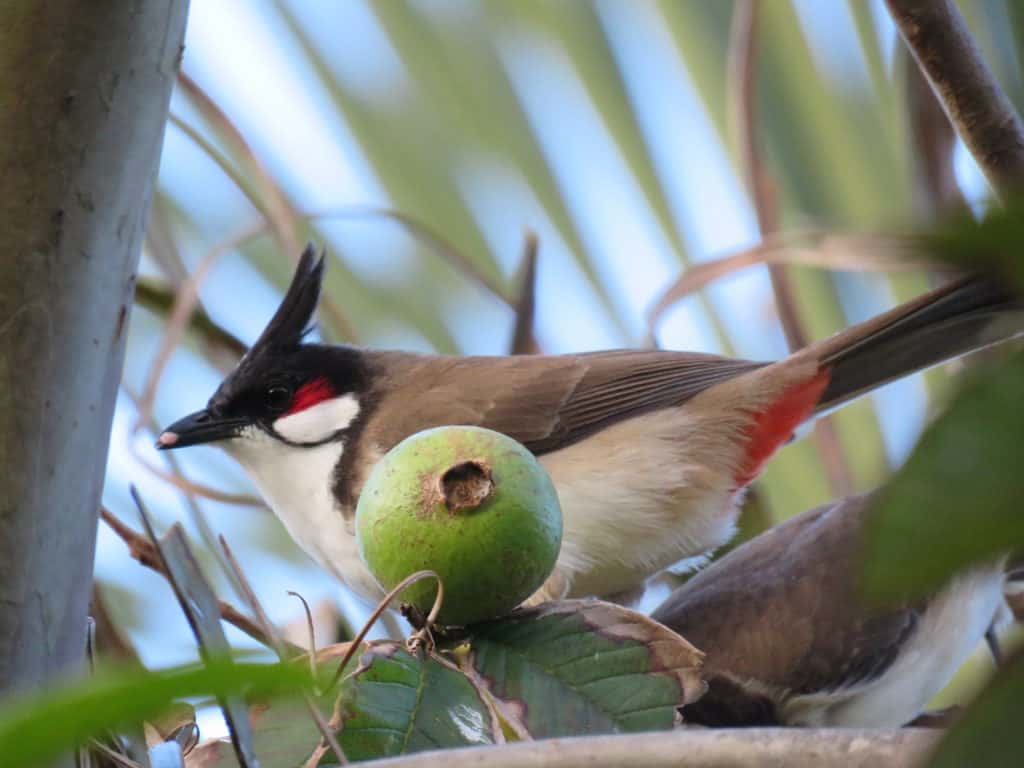
©Jeferson Vizentin-Bugoni
But as alien species like the red whiskered bulbul (Pycnonotus jocosus) originally native to Asia, pictured above, move in, some native plants may begin to rely on some of these same introduced species to fulfill the function served by past species.
“Seed dispersal is one of the most important ecosystem services,” said Vizentin-Bugoni
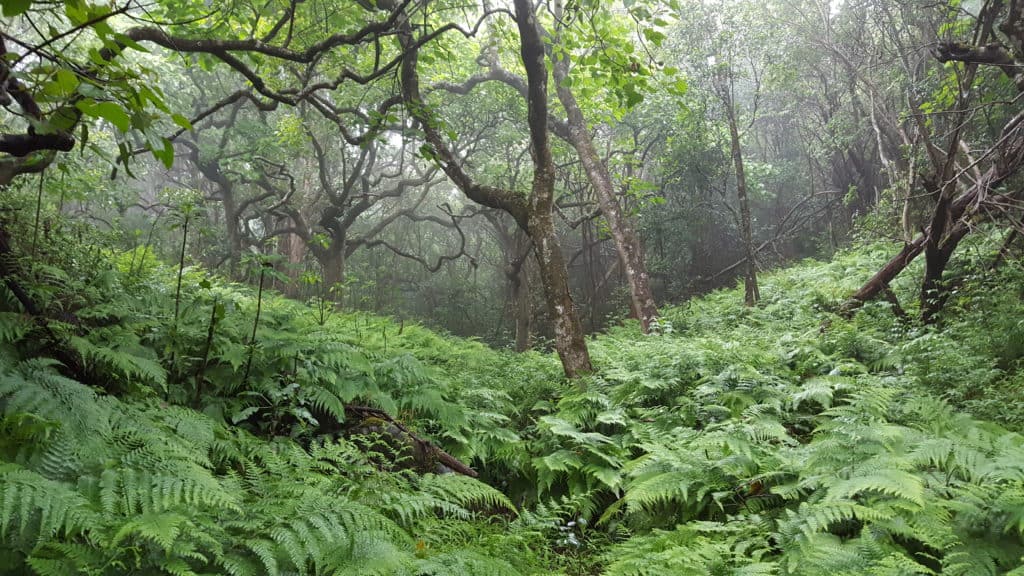
©Sean MacDonald
To conduct the study, about 50 researchers and technicians captured birds using mist nets at seven sites around the island, including the one above, and put them into small bags for a couple of minutes.
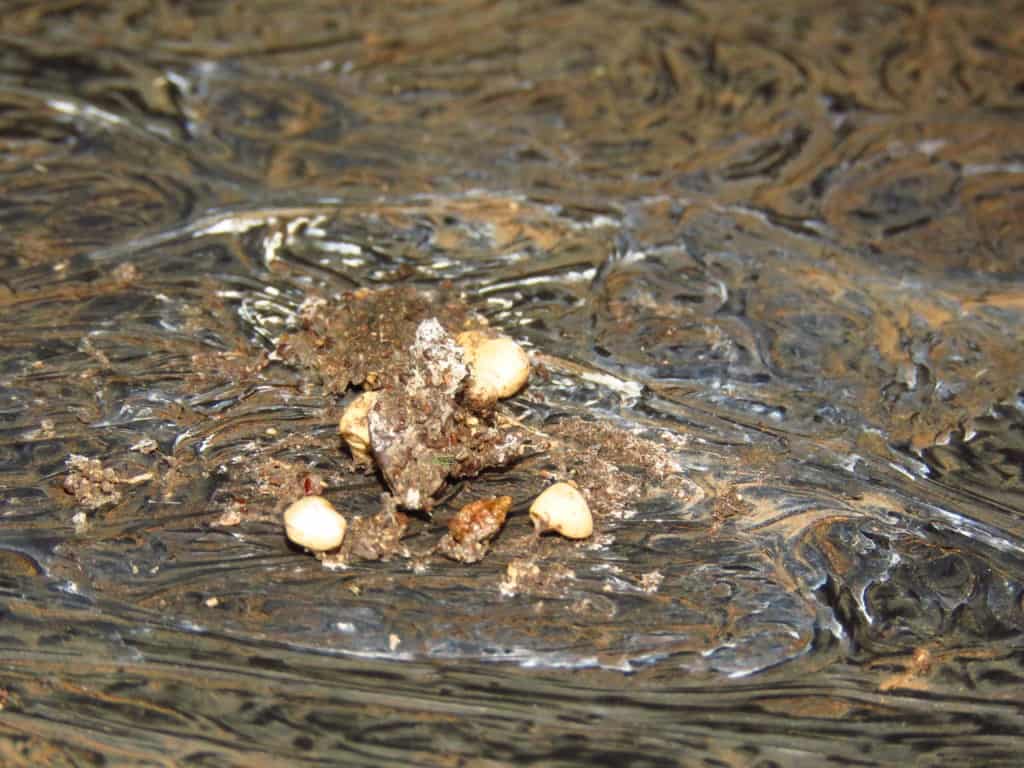
©Jeferson Vizentin-Bugoni
The birds nearly always left droppings during the capture, and the researchers froze the contents. Later they examined about 100,000 fecal samples to identity what seeds were left behind. They found the great majority of all seeds came from introduced plants such as the common guava (Psidium guajava) pictured above.
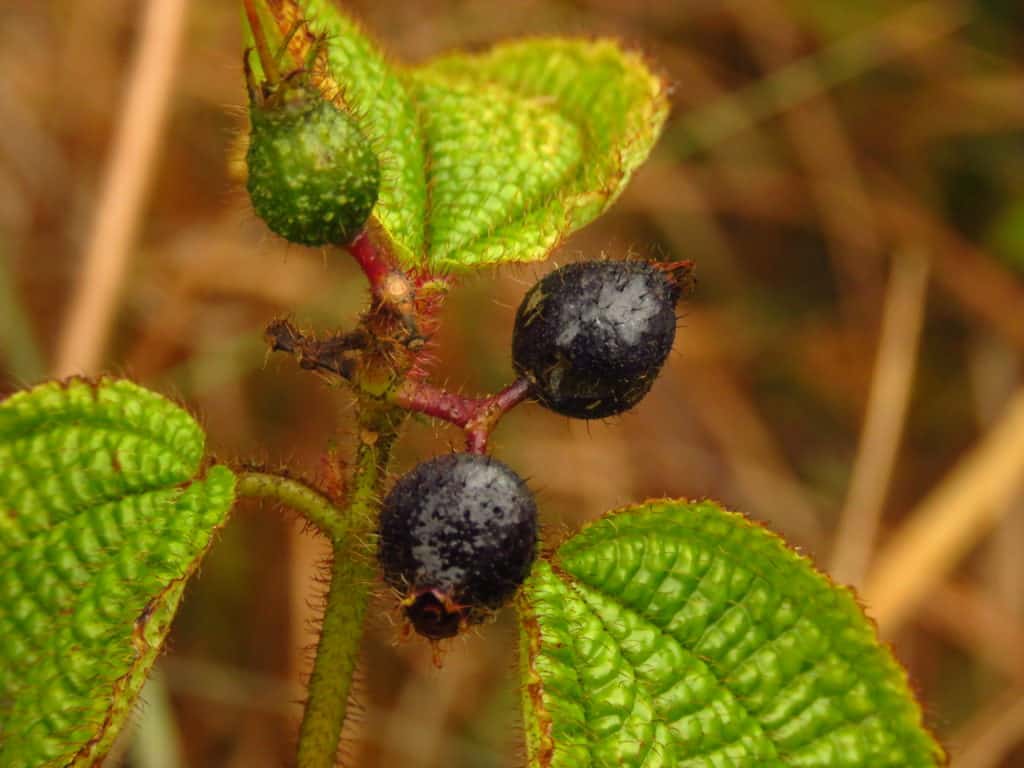
©Jeferson Vizentin-Bugoni
The birds also left behind seeds from other introduced plants including the Koster’s curse (Clidemia hirta) originally from the neotropical Americas, pictured above, and the Brazilian peppertree (Schinus terebinthifolius) native to South America.
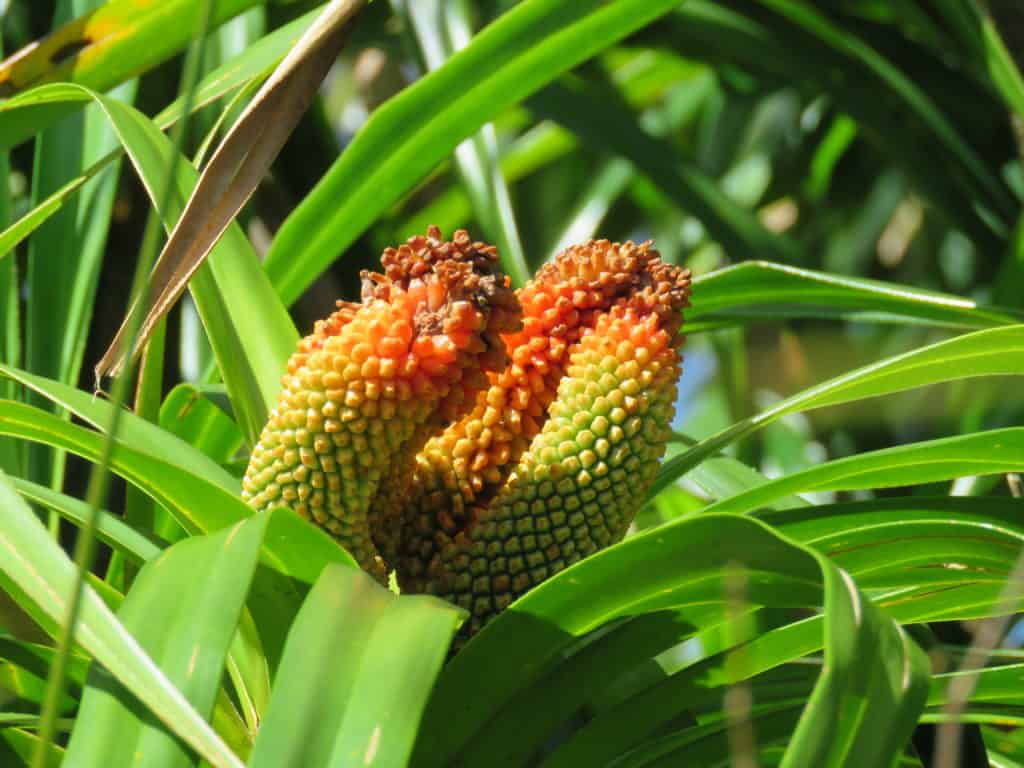
©Credit Jeferson Vizentin-Bugoni
But Vizentin-Bugoni said that about 6 percent of seeds came from native plants like the pūkiawe (Leptecophylla tameiameiae), the māmaki (Pipturus albidus) and the ʻIeʻie (Freycinetia arborea) pictured above.
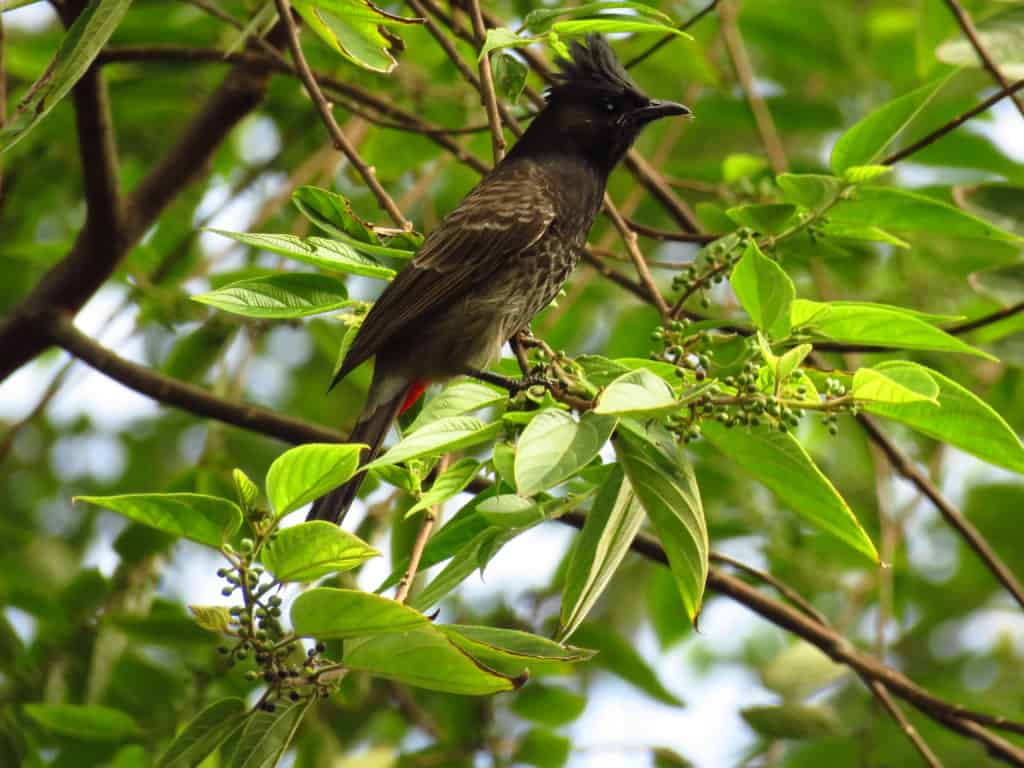
©Jeferson Vizentin-Bugoni
The researchers captured a few native bird species, but none of them were strictly fruit-eaters. One of the most common seed dispersers discovered was the invasive Japanese white-eye (Zosterops japonicas) originally from parts Asia. But the introduced red-billed leiothrix (Leiothrix lutea), red whiskered bulbul, and red vented bulbul (Pycnonotus cafer) pictured above feeding on introduced Trema orientalishemp were also among the main dispersers of seeds.
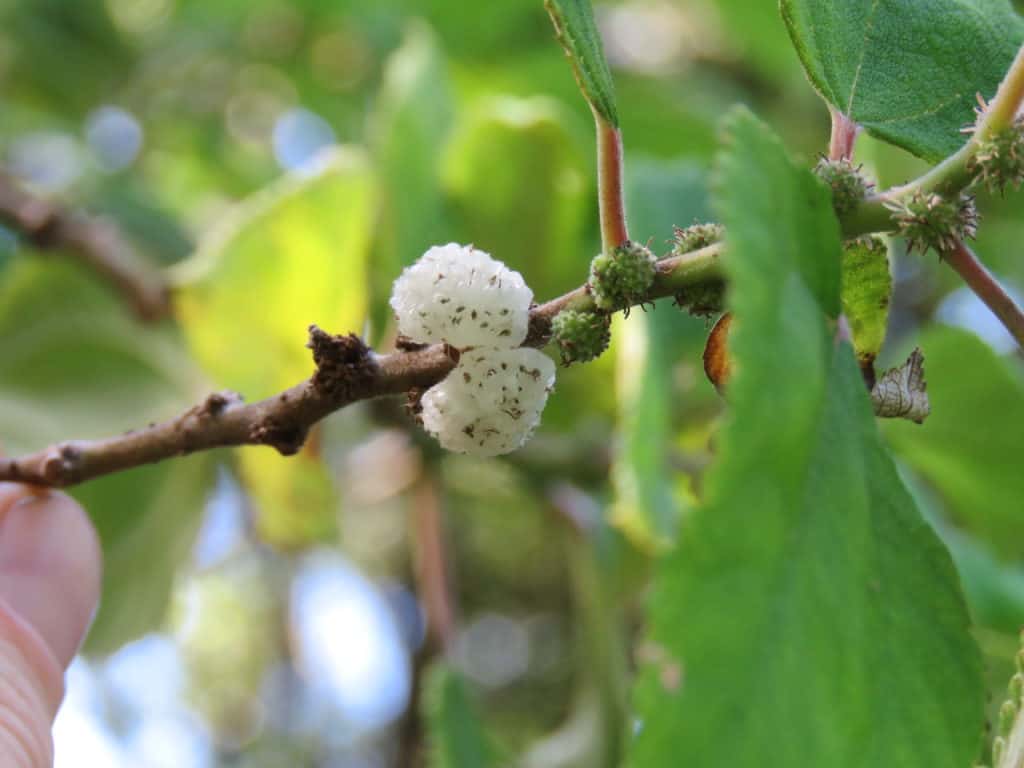
©Jeferson Vizentin-Bugoni
Some of these seeds included native plants, and by far the most common were those coming from the fruit of the māmaki pictured above.
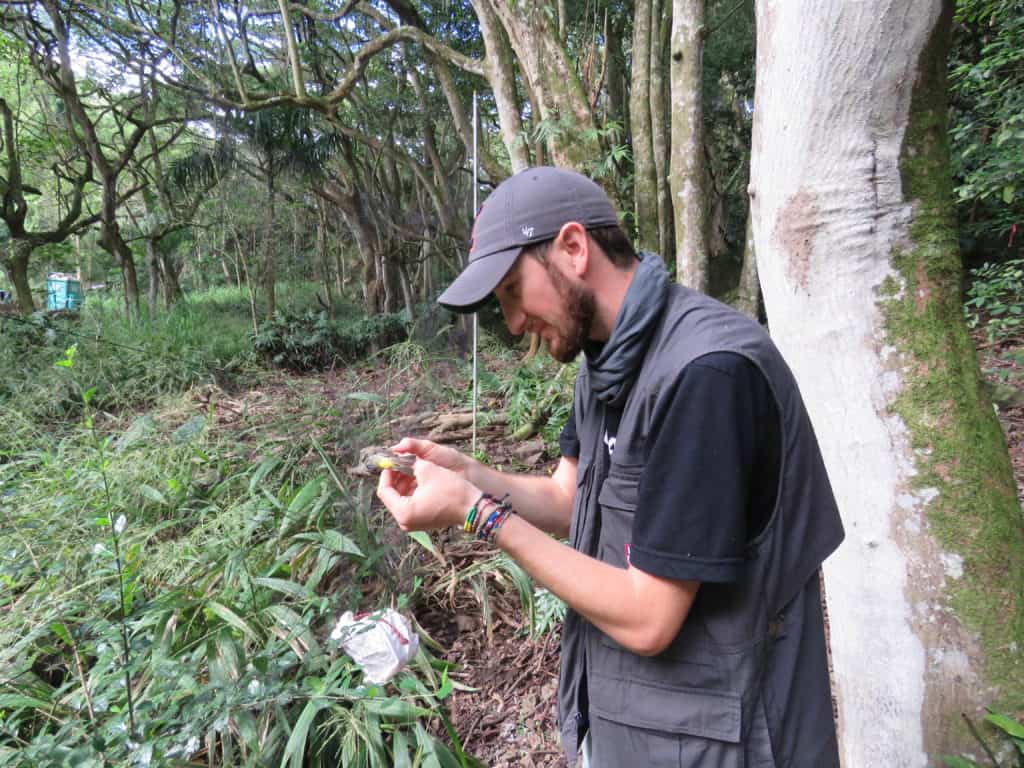
©Jeferson Vizentin-Bugoni
Vizentin-Bugoni, pictured above removing a bird caught with a mist net at one of the study sites, said that while the study shows some ecosystems retain resiliency even after native species are extirpated, the overall decrease in diversity affects the ecosystems’ functioning.
“We are losing all these diamonds,” he said. “When we lose a species, we are not only losing the ecosystem role they play, but also all the potential for those plants to produce medicines or other things that could benefit humans.”
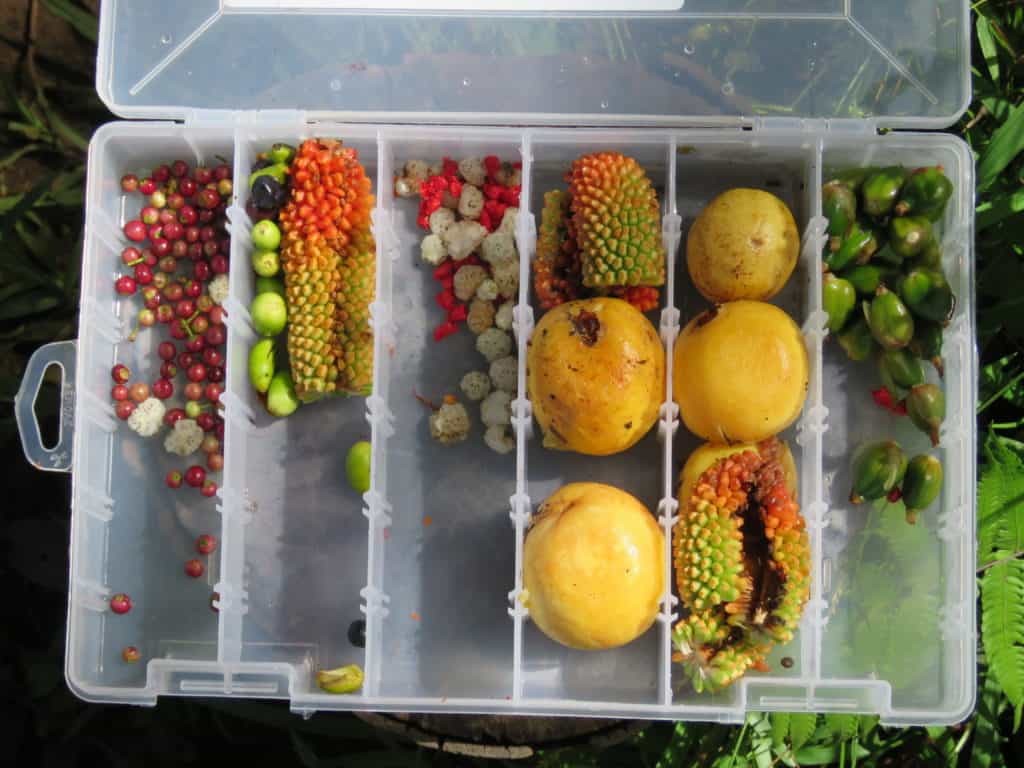
©Jeferson Vizentin-Bugoni
Despite the fact that most of the seeds consumed were introduced, Vizentin-Bugoni said that many of the alien bird species were flexible in their diet, which may be helpful for wildlife managers.
“This means that we can perhaps manipulate the birds’ behavior and try to entice them to eat more native seeds,” he said.
Ongoing work in Hawaii makes use of bird call boxes, or recordings of bird calls that draw species to certain areas. “You can increase the likelihood that you will have native plants dispersed,” Vizentin-Bugoni said.
But he stressed that this is not always possible depending on the interactions between birds and plants.
“We can tell now that it’s extremely difficult to recreate the native ecosystem that was lost,” he said.
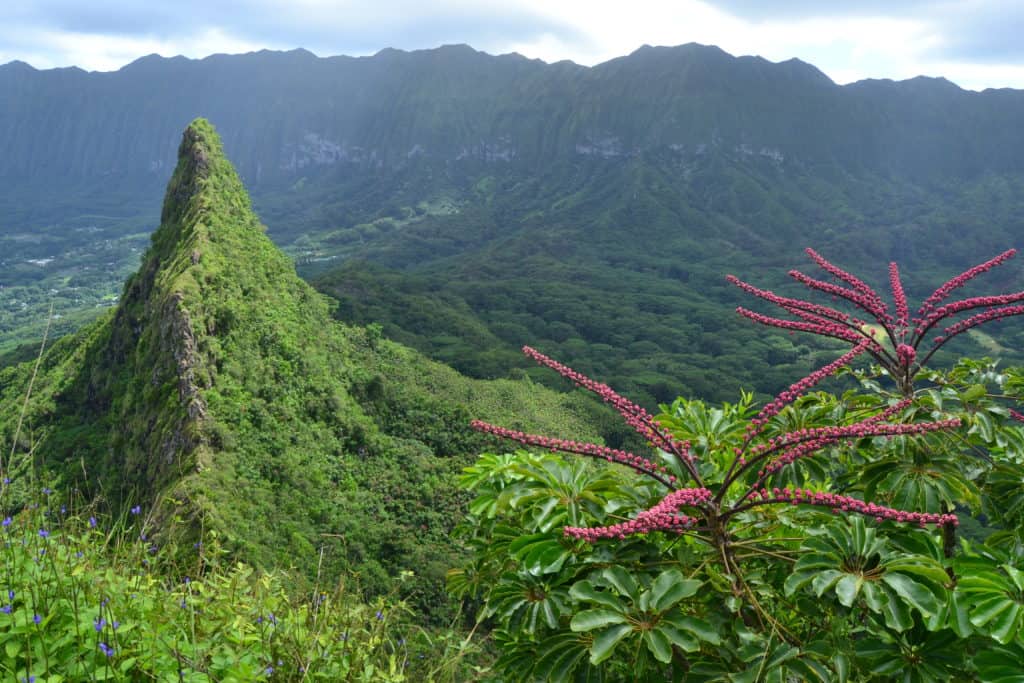
©Sean MacDonald
This photo essay is part of an ongoing series from The Wildlife Society featuring photos and video images of wildlife taken with camera traps and other equipment. Check out other entries in the series here. If you’re working on an interesting camera trap research project or one that has a series of good photos you’d like to share, email Joshua at jlearn@wildlife.org.
Header Image: The invasive Japanese white-eye was one of the most common seed dispersers in Hawaii. ©Sean MacDonald

